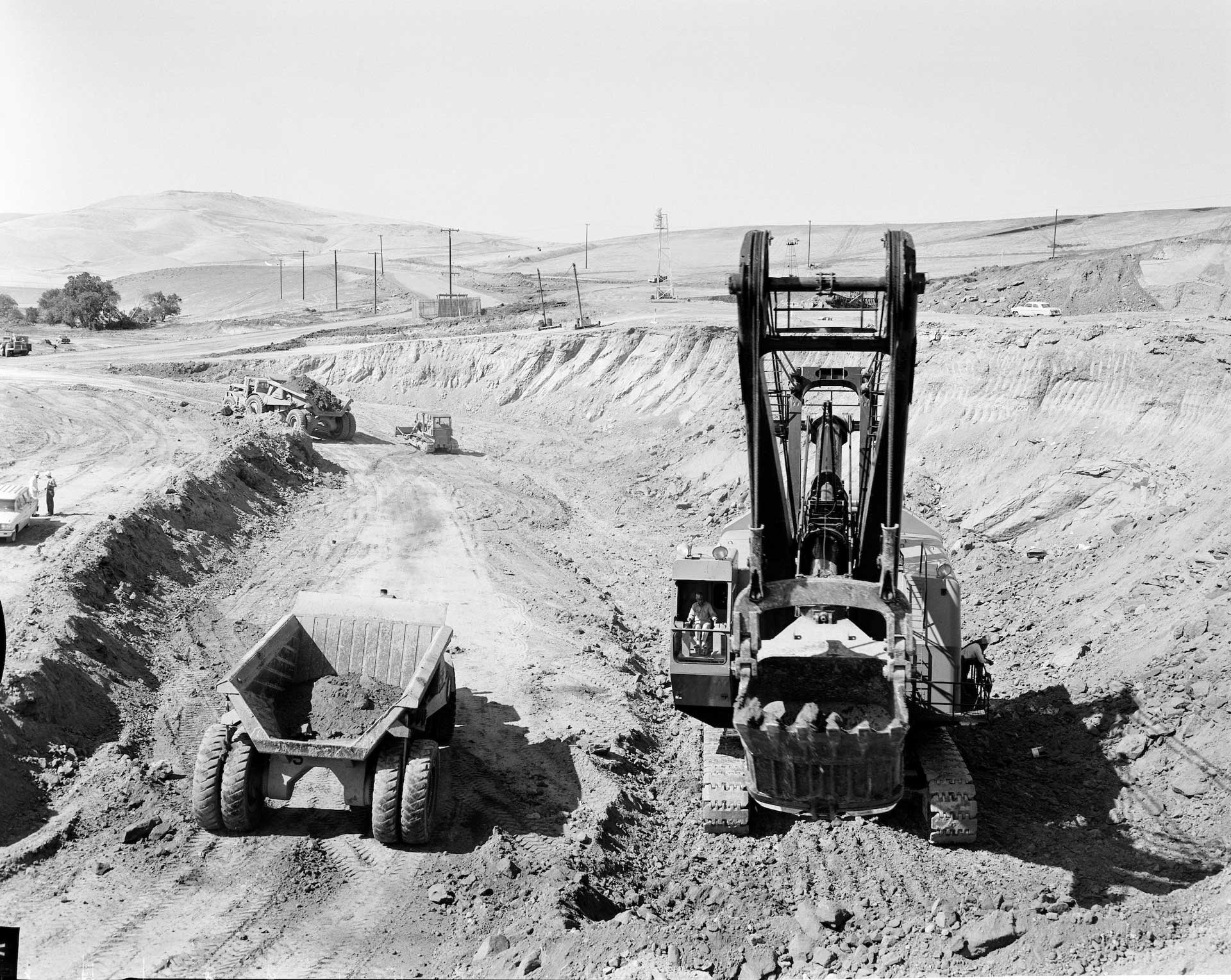
With Governor Newsom’s State of the State speech likely to occur around the time this article is published, we’d like to examine one item that serves as a building block for all the issues the Governor will address: water.
While unexpected storms in late 2021 brought some welcome relief to our parched state, the water cupboard was so bare, most reservoirs remain below their historic averages.
The water we do have must move throughout the state by way of a complicated system of reservoirs, dams, canals, pipes and treatment plants. That movement is managed by an equally complicated network of federal, state and local officials.
We can’t improve our water supply or get it to its destination without both the physical conveyance and the management system functioning. And the success of both requires collaboration among water users and the State of California.
California’s water infrastructure is old and failing. And infrastructure not only moves water, but it also allows us to store more water in the face of our changing weather patterns.
In 2021, Congress passed a historic bipartisan infrastructure bill allocating funds for a wide range of infrastructure projects. The governor has also included water infrastructure spending in the State budget.
But a line item in a piece of legislation or budget doesn’t save, create or move one drop of water.
Infrastructure Spending
Our governments must move forward now on both short and long-term projects. As of the time this article was submitted, the Bureau of Reclamation had released a preliminary plan to spend $1.66 billion of the $8.3 billion allocated for Western Water Infrastructure by the federal infrastructure bill. That spending will include:
- $420 million for rural water projects that benefit various Tribal and non-Tribal underserved communities by increasing access to potable water.
- $245 million for WaterSMART Title XVI that supports the planning, design and construction of water recycling and reuse projects.
- $210 million for construction of water storage, groundwater storage and conveyance project infrastructure.
- $160 million for WaterSMART Grants to support Reclamation efforts to work cooperatively with states, Tribes and local entities to implement infrastructure investments to increase water supply.
- $100 million for aging infrastructure for major repairs and rehabilitation of facilities.
- $100 million for safety of dams to implement safety modifications of critical infrastructure.
$50 million for the implementation of Colorado River Basin drought contingency plans to support the goal of reducing the risk of Lake Mead and Lake Powell reaching critically low water levels. - $18 million for WaterSMART’s Cooperative Watershed Management Program for watershed planning and restoration projects for watershed groups.
- $15 million for Research and Development’s Desalination and Water Purification Program for construction efforts to address ocean or brackish water desalination.
- $8.5 million for Colorado River Basin Endangered Species Recovery and Conservation Programs.
As further incentive for action at the state level, the highly respected Legislative Analyst’s Office (LAO) released a report in early February also urging the state to move quickly with a focus on projects that would make a difference now.
Adaptive Management and Cooperation
In addition to physical infrastructure improvements, water must be managed in a way that takes a holistic approach to our environmental health, utilizes the most current science and has the flexibility to adjust as situations change and new information becomes available.
We began the move to a more adaptive system through changes initiated by the Obama Administration and implemented during the Trump Administration. If we want to see improvements for people, farms and the environment, we must continue on that path.
The third element critical to a secure water future is cooperation among water users, and the biggest water users in California are farms and the environment. Each benefit when the other is healthy.
Much of California’s most important wildlife areas exist alongside some of the state’s most productive farmland, and farmers are a key part of preserving this valuable habitat. In addition to preservation, farmers have been funding projects to help struggling fish, such as restoring habitat and food supply.
Farms also provide greenspace in an era of widespread population growth as well as plants and trees that capture carbon, helping offset the impact of climate change.
On the flip side, farms simply cannot exist without a healthy environment, and farmers are committed to doing their part. California farm water use has decreased by double-digits since 1980 and improvements in efficient water use continue to grow.
All Californians need both productive farms and a healthy environment.
California farms are the best and most efficient in the world at growing food and they can’t just be moved elsewhere. Without them, we will be forced to import more food, which could mean higher prices, a less safe food supply, job losses, particularly in disadvantaged communities, and continuing supply chain problems as we’ve seen with COVID-19.
We have the tools to secure our water future; now is the time to use them.















